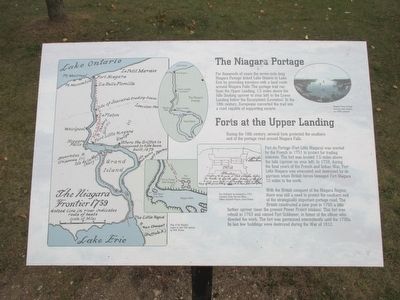Welcome to the historic Niagara Portage, a crucial pathway in North American exploration and trade. Situated near the mighty Niagara Falls, this location has been a silent witness to the footprints of explorers, traders, and Native Americans for centuries. The Niagara Portage was an essential link in the fur trade routes used by the Indigenous peoples long before Europeans arrived. It allowed them to bypass the impassable Niagara Falls, transporting goods between Lake Ontario and Lake Erie.
In the late 17th century, the portage gained prominence with the arrival of French explorer René-Robert Cavelier, Sieur de La Salle. La Salle, driven by a vision to extend French influence and find a route to the Orient, undertook the daunting task of traversing this terrain. He and his men would carry their canoes and supplies overland to avoid the dangerous waters of the falls. This arduous journey was a testament to the perseverance and ambition of those early explorers.
La Salle’s ventures did not only lay the groundwork for further exploration but also played a part in the larger geopolitical chess game between European powers vying for control of the New World. The establishment of French forts and trading posts along the Great Lakes was instrumental in bolstering France’s colonial presence.
Over time, the Niagara Portage evolved from a Native American trail into a well-trodden path for European settlers and traders. In the 18th century, the British gained control of the region, further utilizing the portage for military and trade purposes. The construction of the Erie Canal in the 19th century eventually reduced the portage’s prominence, as the canal offered a more efficient route for goods and people.
Today, as you walk the paths of the Niagara Portage, imagine the countless feet that have traversed this ground, each carrying dreams, ambitions, and the weight of history. From indigenous traders to European explorers, the portage has been a silent participant in the unfolding story of North America.



